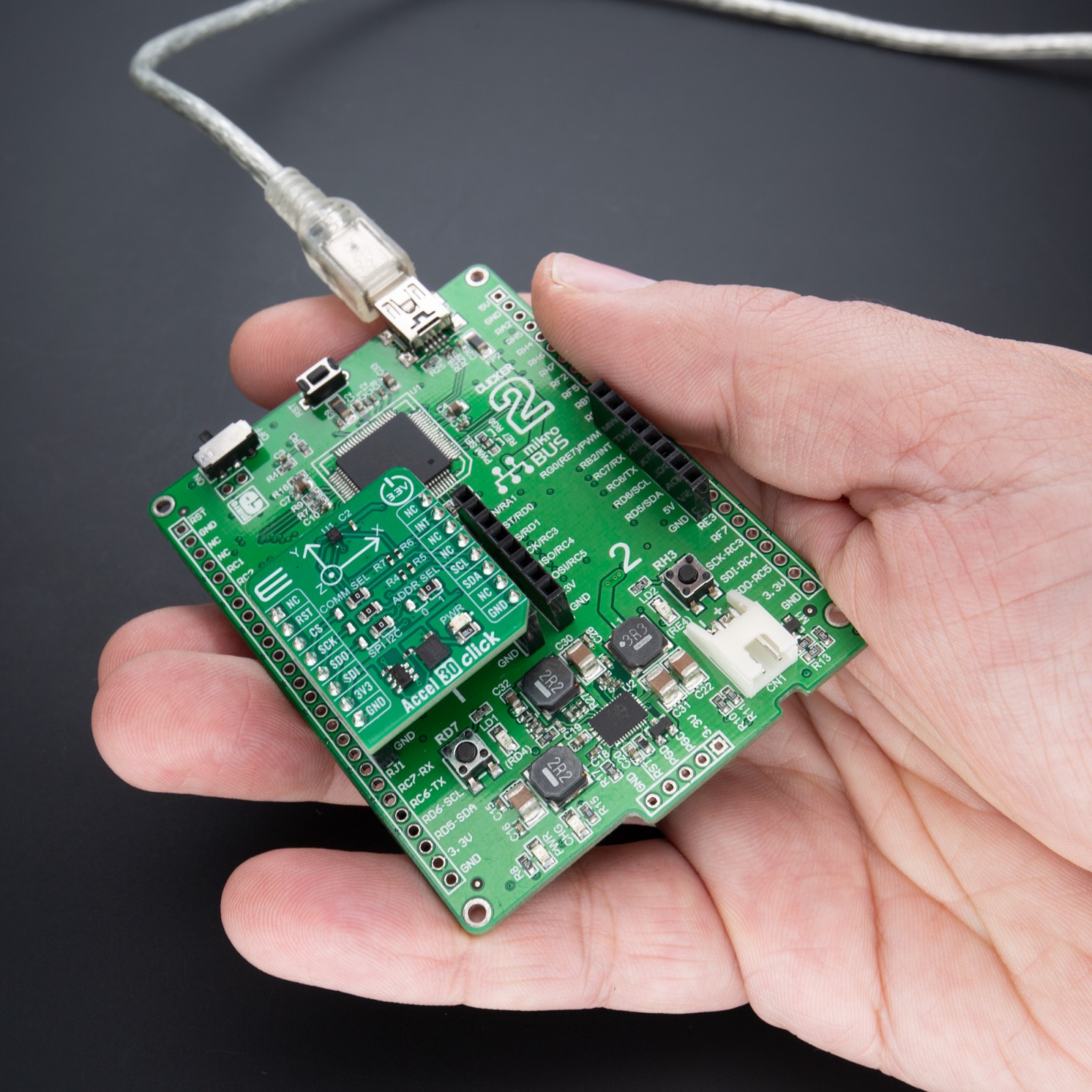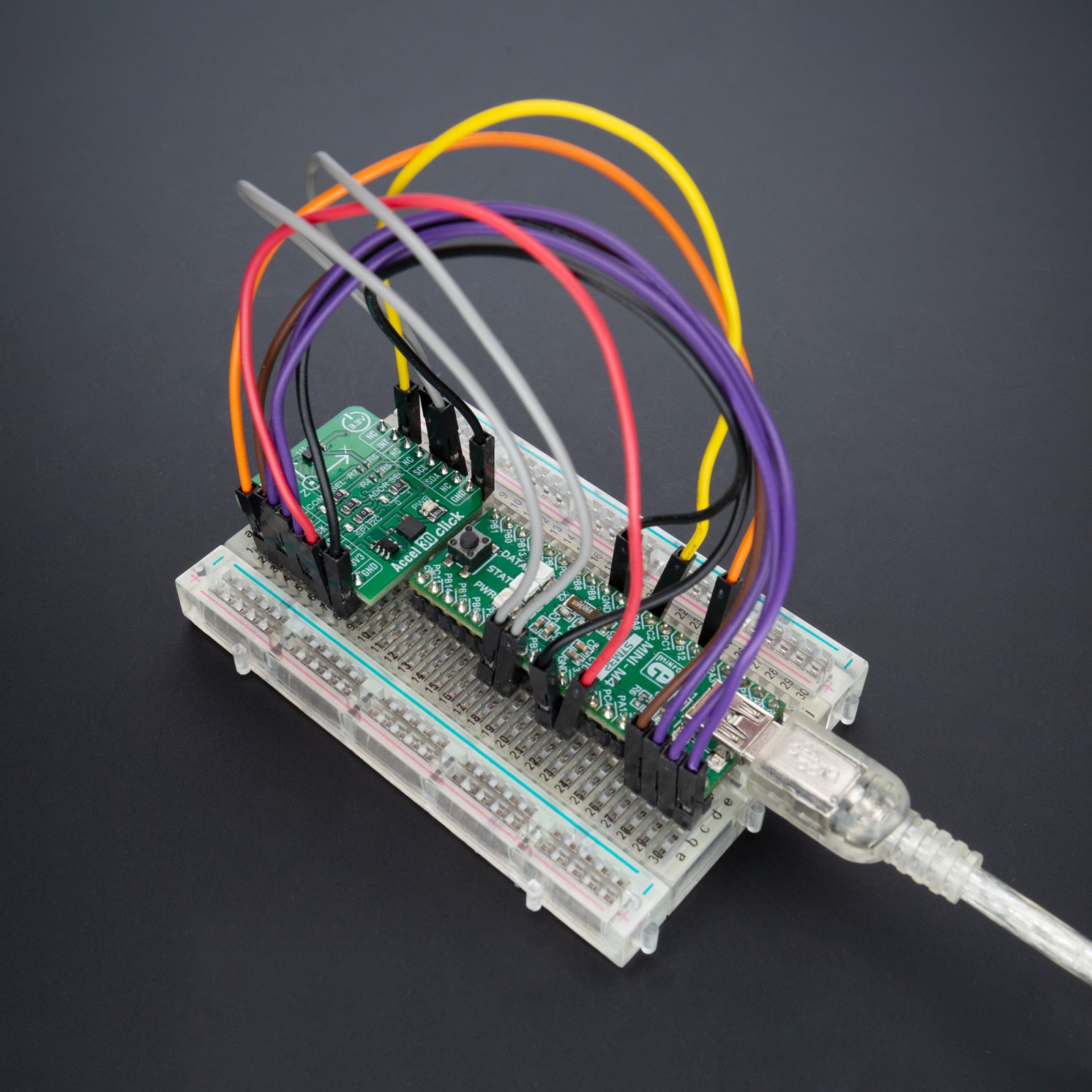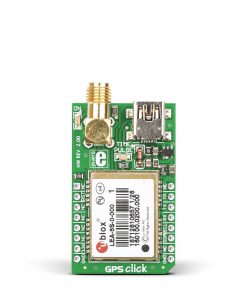Accel 30 Click
R260.00 ex. VAT
Accel 30 Click is a compact add-on board that contains an acceleration sensor. This board features the MC3635, an ultra-low power, low-noise, integrated digital output 3-axis accelerometer from MEMSIC. The MC3635 allows selectable full-scale acceleration measurements in ranges of ±2g, ±4g, ±8g, ±12g, or ±16g in three axes with a configurable host interface that supports both SPI and I2C serial communication. It also supports high-resolution, low-power operating modes and interrupt feature for various events allowing maximum flexibility to meet multiple use case needs. This Click board™ is suitable for consumer product motion sensing, user interface control, gaming, electronic compass tilt compensation, and more.
Accel 30 Click is fully compatible with the mikroBUS™ socket and can be used on any host system supporting the mikroBUS™ standard. It comes with the mikroSDK open-source libraries, offering unparalleled flexibility for evaluation and customization. What sets this Click board™ apart is the groundbreaking ClickID feature, enabling your host system to seamlessly and automatically detect and identify this add-on board.
Stock: Lead-time applicable.
| 5+ | R247.00 |
| 10+ | R234.00 |
| 15+ | R221.00 |
| 20+ | R212.68 |


























